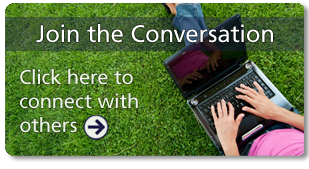Introducing Jan Crawford, Breast Cancer Survivor
Photo Caption: Jan Crawford, and her daughter Cortney Crawford stand with James Lechner, MD, medical director of the Providence Regional Cancer System, following his lecture at the Cancer Survivor Event in June of 2011.
I've had the honor of meeting Jan Crawford three separate times in the past month. When we met most recently, she was excited to share the news about her latest accomplishment. She had just been credentialed as a Certified Cancer Exercise Specialist. This meant she could officially start turning her passion into a profession. She wants to use her exercise expertise and her personal experience with cancer to help others figure out how activity can help them get through cancer, too.
Jan's path towards this goal started three years ago. In October 2007, she had a mammogram that revealed lumps in her breasts. She wasn't overly worried, though. Ever since high school, she had dealt with an unusual number of benign breast lumps. However, this time was a little different. She decided she wanted to end the underlying stress she felt whenever she found a lump. Her solution: to undergo a prophylactic (preventive) double mastectomy.
Her surgery took place on December 19, 2007. Expecting a routine recovery and a little downtime to enjoy the holidays, she was devastated to learn instead that she had breast cancer -- including aggressive cancer on her right side. Her surgeon told her she needed more surgery as soon as possible, and she was back in the operating room the next day.
In January she started chemotherapy treatments. And in May she underwent reconstructive breast surgery. All of this left her unable to work for 10 months; not surprising due to her on-the-feet job as a flight attendant. She finally went back to work, but then learned that surgery was not quite finished for her. Possible side effects of her chemotherapy drugs included uterine or endometrial cancers, so she decided to have a hysterectomy. She says she doesn't regret that decision because her physician found suspicious areas during surgery that may have led to cancer in the not-so-distant future.
Today Jan talks easily about her cancer, treatment and the many emotional and psychological issues that have accompanied her experience. She emphasizes how much exercise helped her cope with what she was going through, including the "fog of cancer" that she felt stuck in frequently. Now she wants to help other people with cancer discover how activity can improve the quality of their lives, too. She's currently exploring the practical side of how she can make this happen, and hopes to have a place available soon where she can offer guided exercise sessions for other cancer survivors.
In future blog entries that Jan is planning on writing, she'll talk more about her experiences as a breast cancer survivor and her dream of sharing the benefits of exercise with other survivors.
Please, welcome Jan to the blog.
You might also like:



 Marci McNaghten
Marci McNaghten

